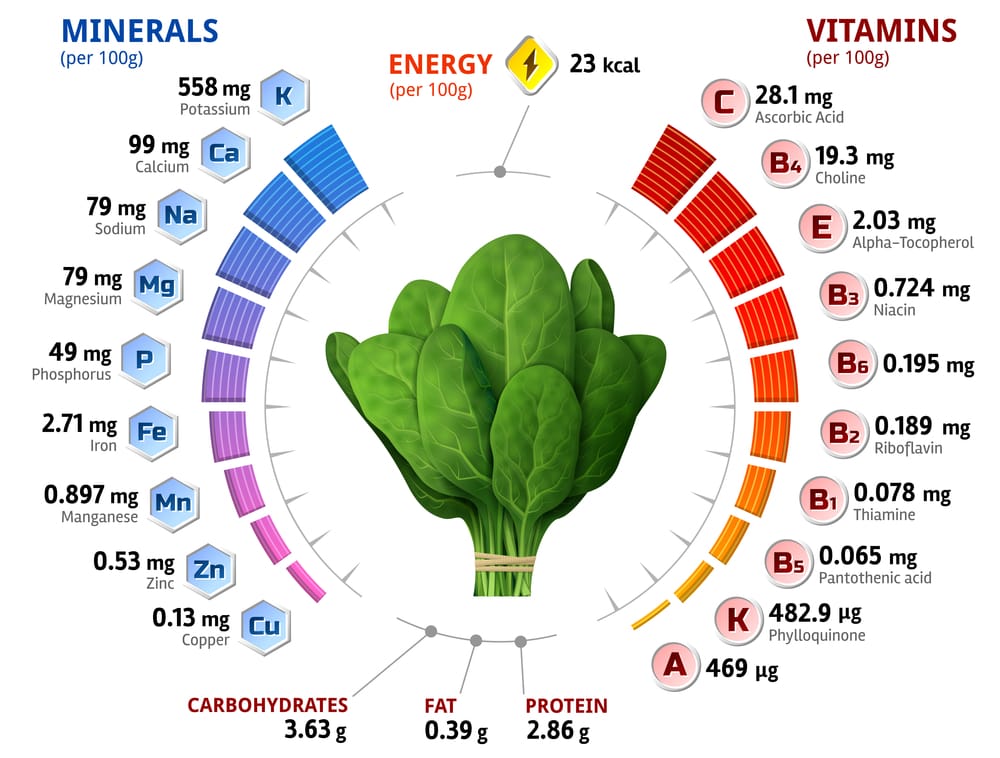dear reader, i hope this page helps you understand some common laboratory values in easy-to-understand words. you can read more at the link below if you'd like (perhaps not as easy to understand since that page is from expert doctors!).

hemoglobin A1c
shows how well someone’s blood sugar has been controlled over the past few months. when we eat, our blood sugar goes up, and this test can show if it has been too high for a long time.
hemoglobin is a part of our red blood cells that carries oxygen around our body. the A1c part of the name means that this test looks for how much sugar is stuck to the hemoglobin. if there is a lot of sugar attached, it means levels of sugar in the blood have been too high.
a normal level is below 5.7%. a number higher than that means that you have prediabetes or diabetes.
fasting glucose & fasting insulin
fasting glucose is a test that measures the amount of sugar in your blood after you have not eaten for at least 8 hours, usually overnight. it helps doctors check if your body is using sugar correctly. if the sugar level is too high, it means your body has too much sugar in it (usually because you are eating too much sugar, and your body has run out of places to put it).
a normal level is less than 100. higher than 100 means you are at risk for diabetes. if your fasting glucose is more than 114, you have diabetes.
fasting insulin checks the level of insulin in your blood after fasting. Insulin is a hormone that helps move sugar from your blood into your fat cells and other cells in your body. a high level of insulin means that your body is working really hard to keep your sugar levels normal. usually this happens when you eat too much sugar most of the time, so your insulin levels are always high. high insulin is a sign of insulin resistance, which is the first warning sign of diabetes.
a normal level is less than 6. higher than 6 means you are at risk for developing diabetes.
lipids: HDL, LDL, and triglycerides
HDL stands for high-density lipoprotein. it's often called "good cholesterol." HDL helps carry extra cholesterol away from your arteries and back to your liver, where your body can get rid of it.
HIGHER HDL is better. you can make this number higher by: eating more protein every day, lifting weights, and doing other weight bearing exercise like rucking.
LDL stands for Low-Density Lipoprotein; it's sometimes known as "bad cholesterol." when there’s way too much LDL in your blood, it might build up in your arteries and make it harder for blood to flow.
LOWER LDL is better, but it's best to focus on changing your triglycerides and HDL to lower your risk of heart attack and stroke.
triglycerides are a type of fat found in your blood. they come from the food you eat, especially from sugars. your body uses triglycerides for energy, but if you have too many, it can be unhealthy. this should be measured fasting (when you have not eaten for 8 hours or more).
LOWER triglycerides is better - to lower your triglycerides, eat less sugar and carbohydrates (breads, pastas, chips, cookies, etc). eat less processed food (food that comes in bags and boxes). do not drink sugary beverages (juice, soda, sugary coffee, energy drinks). building muscle can also help lower your triglycerides, since muscles eat sugar - extra sugar is turned into triglycerides by your liver - so less sugar = lower triglycerides.
liver enzymes
liver enzymes are usually AST and ALT on your lab tests. these represent special proteins made by the liver, which is an important organ in our body. liver helps with many things like breaking down food, cleaning the blood, detoxification (getting rid of toxins) and storing energy.
if the levels of these enzymes are too high, it might mean that the liver is upset or not working as it should. this can happen because of things like drinking too much alcohol, eating too much sugar and carbohydrates, certain medicines, or infections.
a normal level for AST and ALT is less than 20. higher values can be considered "normal" by the lab test, but these might mean that your liver has some fat on it or some minor problems functioning; it could be an early sign of insulin resistance.
electrolytes
electrolytes are special minerals in our body that help keep us healthy. they carry electric charges and play important roles in many things, like keeping our heart beating, helping our muscles work, and making sure our body stays balanced with water. all of our cells use these small molecules to help us make energy, proteins, and function well. we need to get enough of these nutrients to feel good!
when doctors do a CMP, or Comprehensive Metabolic Panel, they check for different electrolytes. some of the main ones are:
- sodium (Na): helps control the amount of water in your body and is important for your nerves. salt is NOT bad, and all humans need to eat salt to be healthy.
human beings have been eating salt for thousands of years, because this is how we preserved foods before we had refrigerators. eating quality salt is important - salt that comes from good sources and is rich in other minerals (potassium, magnesium, calcium) like Celtic sea salt or natural sea salt is best. add your OWN salt to your own home-cooked meat and vegetables.
salt from processed foods like chips and pretzels is not as good for us, and contains preservatives and other anti-caking agents.
- potassium (K): helps your muscles and heart work properly; this is an essential micronutrient. having too little, or too much of this can affect your heart rhythm in dangerous ways.
good sources of potassium include bananas, sweet potatoes, spinach, avocados, potatoes, beet greens, oranges, tomatoes, peaches, kiwis, cantaloupe, mushrooms, peas, nuts and seeds (almonds and sunflower seeds especially!), fish, and beans.
- magnesium (Mg): regulates blood pressure and blood sugar, allows your muscles to relax, critical for nerve transmission (think: movement, brain function), and an important co-factor for many reactions that make energy and proteins your cells need to function (this means magnesium is an essential ingredient - without it, reactions can't happen)
good sources of magnesium: almonds, cashews, pumpkin seeds, leafy green vegetables like spinach and Swiss chard, beans and legumes, brown rice, quinoa, oatmeal, avocado, and fatty fish like salmon and mackerel. other sources include dark chocolate, bananas, and figs!
- calcium (Ca): what bones and teeth are made of! it also is critical for muscle contraction and movement - your body's muscles and the muscle of your heart, the release of hormones, nerve transmission (how your muscles and brain talk to each other), and blood clotting.
calcium is tightly regulated by your body's parathyroid glands, but in order for it to be absorbed in your diet, you have to have sufficient vitamin D intake. supplementing vitamin d is a good idea for almost everyone, and it is generally safe to do this even if you are not sure that you are deficient in vitamin D. if you do decide to supplement, 5,000 units per day is a good place to start, and you must take the supplement with a meal containing FAT, because vitamin D is a fat-soluble vitamin.
good sources of calcium include: dairy products (opt for low fat or full fat, NOT nonfat dairy as this is inflammatory and not as filling or nourishing), almonds, sesame seeds and tahini, leafy green vegetables, bone broth.
"Instead of asking what is “normal,” we should be asking, “What is optimal?” If the test were for a beneficial substance, such as thyroid or cortisol hormones, the optimal level would be in the upper section of the reference range. However, for a detrimental substance, such as C-Reactive Protein (CRP), a marker associated with stroke and heart attack, the level should be in the lowest part of the range. The questions to ask are: “Do you want your hormones to be at the optimal point — or are you content with a lab score that is compared to 95% of probably ill people? Is there really a definitive lab score that draws a line between sickness and health? It is difficult for me to believe that on one side of a fine laboratory line, you are ill, but just on the other side, you are totally healthy. Illness is not a sudden occurrence, instead it is the result of a dysfunction that developed and remained untreated over time, and represents a spectrum of disease from mild to moderate to severe."
these are wise words from an M.D. who practices anti-aging medicine.


